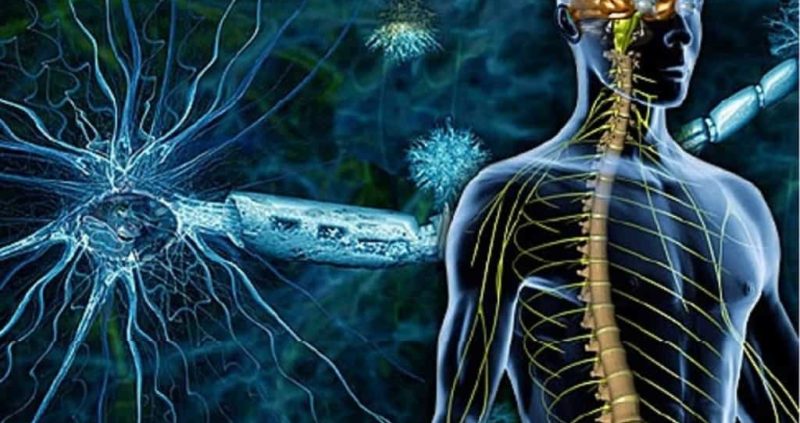Here, we are going to talk about Lumbosacral Neuritis. It is a disease that is caused by the inflammation of the spinal nerves.
Do you take the pain of legs and back seriously? Do you consult a physician when you are feeling weakness in muscles?
Probably, most of you will answer no. Most of us don’t take the physiology issues seriously. As a result, with the increase in age, the muscles start giving up. We will know all about it in this article.
Table of Contents
Lumbosacral
Let’s understand what lumbosacral is.
Spine is composed of 33 interlocking bones which are called vertebrae. The 5 lumbar vertebrae and the sacrum together form the lumbosacral region of the spine. There are a number of different spinal nerves that lie within the spinal canal of the vertebrae.
Sometimes, these spinal nerves can get inflamed and cause Lumbosacral Neuritis.
Lumbosacral Neuritis
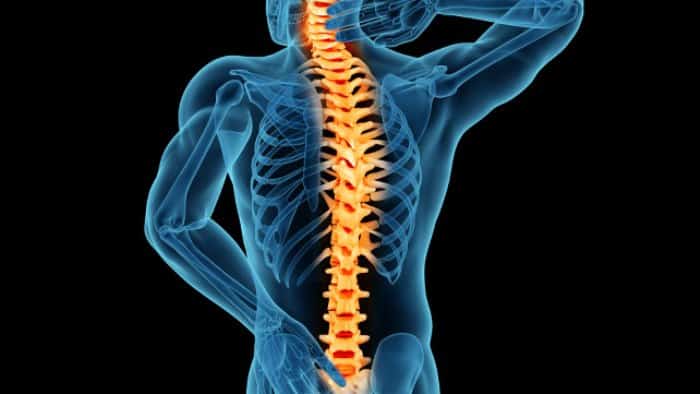
Lumbosacral Neuritis is used to describe the irritation in one of the nerves that line in the spinal column in the lower back. This area is packed with fragile, nerves, muscles, discs and blood vessels.
So, if there is a pain in the lumbar area it is important to get the correct diagnosis so that appropriate treatment can be applied.
Causes Of Lumbosacral Neuritis
Now, let’s talk about the causes of Lumbosacral Neuritis.
a. Acidosis
It is one of the major causes of Lumbosacral Neuritis. Acidosis or chronic acidosis occurs when the blood becomes acidic.
Normally, the fluids of the body are alkaline in nature. But if you just can’t control the craving for junk food, it is possible that acid waste matter would be continuously forming in the tissues.
Also, if you are suffering from diabetes, diarrhea or obesity, there is a good chance that you will get acidosis.
b. Lactic Acid
Increase in Lactic acid accumulation in the body can also cause Lumbosacral neuritis. Lactic acid concentration increases if the person consumes alcohol daily, or if he had a heart attack or a seizure attack.
c. Disc Diseases
When a portion of the disc causes pressure or irritation over lumbosacral nerve within the spinal foramina, it develops Lumbosacral neuritis. It can happen if the discs are bulged, herniated or if there is any severe degenerative disc disease.
These disc diseases narrow down the foramina where the nerve passes through spinal canal to peripheral tissue.
d. Osteoarthritis
Osteoarthritis causes foraminal stenosis. Now, what is foraminal stenosis? When the spinal foramina, through which the lumbosacral nerve passes to the peripheral organs and tissues, is narrowed, it causes Foraminal Stenosis.
The spinal nerve, in turn, gets compressed and pinched.
e. Spinal Tumor
When tumor enters the spinal foramina, it causes severe pressure over the spinal curve. The nerve degenerates due to the pressure. If you ignore this, and your nerve will get permanently damaged.
f. Infection
Conditions like HIV/AIDS, hepatitis or other serious infectious diseases can cause inflammation of the lumbar area
g. Other
Lumbosacral Neuritis can be caused by trauma, a mechanical injury or due to some metabolic changes in nerves.
Symptoms Of Lumbosacral Neuritis
Watching for symptoms is the first step towards the treatment of a disease. Watch out for these symptoms caused due to Lumbosacral Neuritis:
i. Pain
This is the most easily visible symptom. If you are feeling severe pain along the dermatomal distribution of the nerves, consult your physician immediately. This pain in the nerves is also known as Radicular pain.
ii. Tingling And Numbness
When there is a continuous pressure over a nerve in foramina, the blood flow is restricted. During initial phases, you will feel a tingling sensation along the nerve. Ignoring this will lead to numbness in the area of the nerve.
iii. Weakness
Lack of blood supply causes ischemic changes of motor nerve. This degeneration of the motor nerve causes weakness in the muscles. The condition where several nerves are pinched simultaneously is known as Lumbosacral polyneuritis.
This is a serious condition that might cause partial paralysis of leg muscles.
iv. Others
Other symptoms include a headache, drowsiness, confusion, loss of memory and appetite.
Diagnosing Of Lumbosacral Neuritis

Diagnosing Lumbosacral Neuritis can definitely be challenging because specific tests are required to determine which nerve and discs are exactly affected. Some nerves are so thin and small and are branched so it is very difficult to isolate them during the testing.
There are two major types of nerves that are present in the spinal column: Motor nerves and Sensory nerves.
Motor nerves are responsible for transmitting messages from Central Nervous System (CNS) to the body’s extremities.
Sensory nerves, on the other hand, are responsible for transmitting messages from extremities to the CNS.
Types Of Lumbosacral Neuritis
There are 3 different types of Lumbosacral Neuritis. Doctors test to check which of the following types of Lumbosacral Neuritis is patient suffering from:
1. Lumbar Mononeuritis
Lumbar Mononeuritis is divided into two sub categories: Lumbar Motor nerve and Lumbar Sensory nerve. Each type has different symptoms. Although, the affected region, lower back and lower extremities) is same for both the types.
2. Lumbar Polyneuritis
Lumbar Polyneuritis also has two sub-categories: Lumbar Motor nerve inflammation and Lumbar Sensory nerve inflammation. Both the types affected multiple lumbar regions. However, symptoms differ for both the cases.
3. Mixed Nerve
Both Motor, as well as Sensory nerves, are affected in one and multiple portions of the lumbar spine in the mixed nerve Lumbosacral Neuritis.
Diagnosing Lumbosacral Neuritis depends on several elements. The process of diagnosis starts with the symptoms report of the patients and after a thorough physical exam, including reflex testing, diagnosis is provided.
Depending on the symptoms report of the patients and the results of the physical exam, a number of diagnostic tests can be performed:
a. X-Ray
This looks for the co-occurring condition in the spinal column, specifically in the lumbar area of the spinal column, such as Spinal Stenosis.
b. MRI
It stands for Magnetic Resonance Imaging. The MRI looks for structural damage that includes an aneurysm, cancer, tumor, herniated disc or any other possible triggers.
c. Nerve Biopsy
This looks for neuropathy and nerve damage in the lumbar region of the spinal column.
d. Nerve Conduction
In this test the affected sensory and/or motor nerve is isolated.
e. EMG
Electromyogram measures the nerve function and nerve conduction.
f. WBC
WBC (White Blood Cells) count is done to look for any increase in white blood cells concentration to indicate infection.
g. CBC
CBC (Complete Blood Cells) count looks for imbalances in the concentration of minerals/vitamins and nutrients as well as the overall blood composition.
Treatment For Lumbosacral Neuritis
Depending on the diagnosis, treatment methods are applied. Here are the few methods for the treatment of Lumbosacral Neuritis.
- If you are having severe, uncontrollable pain, take NSAIDs or opioids like hydrocodone.
- If Acidosis is the cause of Lumbosacral Neuritis, I would suggest hospitalization and intravenous bicarbonate therapy.
- Treating diabetes can be effective for the treatment of Lumbosacral Neuritis. This can be done by advanced investigation and monitoring. The increase of blood sugar above 200 mg should be prevented.
- Prevent the occurrence of an excessive amount of lactic acid in the body. Avoid strenuous exercises like epilepsy.
- Take Vitamin supplement. It is by far the best treatment for Lumbosacral Neuritis. Effects are seen within an hour of proper intake of vitamins like B1, B2, B6, and B12.
Home Remedies To Get Rid Of Lumbosacral Neuritis
If you want a long-term relief from Lumbosacral Neuritis, here are a few home remedies for the treatment of the disease.
1. Soybean Milk

This is the best natural treatment for Lumbosacral Neuritis. Mix a teaspoon of honey in a cup of soybean milk and take it every night. You can even make the soybean milk yourself.
It is prepared by soaking the beans in the milk for about twelve hours. First, remove the skin of the soybeans and ground them to a paste. Boil this paste over a slow fire and stir it constantly. Strain the mixture once it is cool and then add sugar.
Soybean contains glutomic acid, lecithin, and Vitamin B1. These help in toning the nervous system.
2. Yogurt
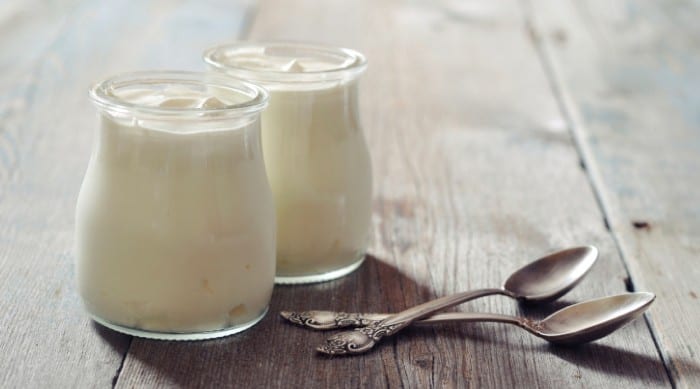
A moderate intake of yogurt is a great natural treatment for Lumbosacral neuritis. Yogurt helps in the formation of a bacterium in the intestine. These bacteria produce Vitamin B1 and B12. Both the vitamins are used in the treatment of Lumbosacral Neuritis.
3. Barley Brew

Make the Barley Brew by boiling a mixture of a quarter cup of pearled barley and half a cup of water. Strain the mixture once the water is reduced to about a quarter.
Mix half a glass of buttermilk in the obtained brew. You can add half a lime juice for better results.
4. Beetroot

Boil beetroot in water and then strain it. Beetroot contains Panthothenic acid and essential vitamins, both of which are useful in treating Neuritis. It is a very effective home remedy. You can also use Beetroot powder and mix it with water. Take it twice a day for effective results.
5. Carrot And Spinach
Carrot and Spinach juice is an effective natural treatment for Lumbosacral Neuritis. Deficiency of elements that causes this disease is found in abundance in carrots and spinach. Mix raw carrots and spinach juice and drink at least half a liter daily for best results.
6. Orange Flowers
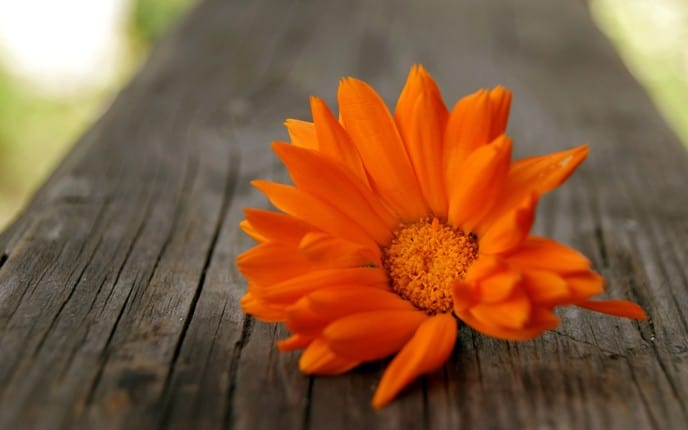
The water distilled from orange flowers is very refreshing and stimulating drink. The patient must drink this daily for effective results. Distilled water from petals of bitter orange gives best results. You can eat 10 grams of orange flowers. This is considered very effective in the treatment of Lumbosacral Neuritis.
7. Sprouted Beans
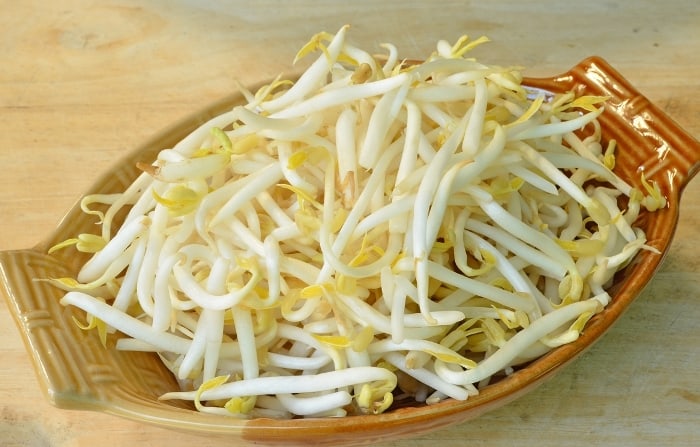
Sprouted Beans contains Vitamin B, Vitamin C, and Folate. It is rich in minerals like potassium and iron. All these, make them a good treatment of Lumbosacral Neuritis. Make a salad using 1 cup of sprouted beans.
Add some grated coconut, carrot, beetroot and, cabbage. Also, you can add onion, green chili, coriander leaves, garlic and lemon juice. Season it with salt and black pepper powder. The salad is an effective natural treatment for Lumbosacral Neuritis.
8. Fruits

Pineapple is rich in certain fatty acids which are essential in the treatment of Lumbosacral Neuritis. You can either eat pineapple of have pineapple juice. Also, take apple or apple juice daily to rejuvenate the inflamed nerves.
Take plenty of food that is rich in Vitamin B, especially Vitamin B12. Taken daily, these can help relieve the patient from weakness, pain, and numbness within an hour.
Saving you the trouble, here is the list of foods that have a rich content of Vitamin B12:
- Clams, Oysters, and Mussels
- Liver, caviar
- Octopus, Fish, Crab, Beef, Lamb, and Lobster
- Cheese, Eggs, Yogurt, Whole Milk, Low-fat Buttermilk, Fortified Soymilk.
9. Take an Epsom-salt bath in water twice a week. Make it as hot as you can stand. Stay in the bath for twenty to twenty-five The affected area must we washed, with the hot water with Epsom salts, several times a day.
10. Place a heating pad on the affected area frequently.
11. Drink plenty of water to keep yourself hydrated.
12. Eat healthy and well-balanced meals.
Diet Recommendation For Lumbosacral Neuritis
a. Proper diet with all the vitamins and nutrients is important in the treatment of any disease. Here is the perfect diet for you to take if you are suffering from Lumbosacral Neuritis.
b. Whole wheat, sprouted seeds, brown rice, milk, homemade cottage cheese and yogurt are a must in your well balanced diet. Carrots, citrus fruits, beetroot apples and pineapple juices should be given to the patient.
Patient must fast for four or five days. One can take juice as we don’t want the patient starving.
c. Coffee, tea, sugar, tinned foods and white bread must be avoided.
d. You shouldnt smoke and drink alcohol. Walking and moderate exercises can be a good treatment.
e. Give the affected area an olive oil massage using a vibrator or hands. It increases blood supply and rejuvenates the nerve ends.
One should go for the surgery only when there are no other potential less invasive means of easing the symptoms of Lumbosacral Neuritis. The patient can try alternative treatments like acupuncture, chiropractic, yoga or any other movement therapy.
But, it is easy to prevent than to cure.
So, I would suggest that take good care of your body, eat a well balanced diet and don’t ignore even the small signs as they can turn into a big problem later on.

